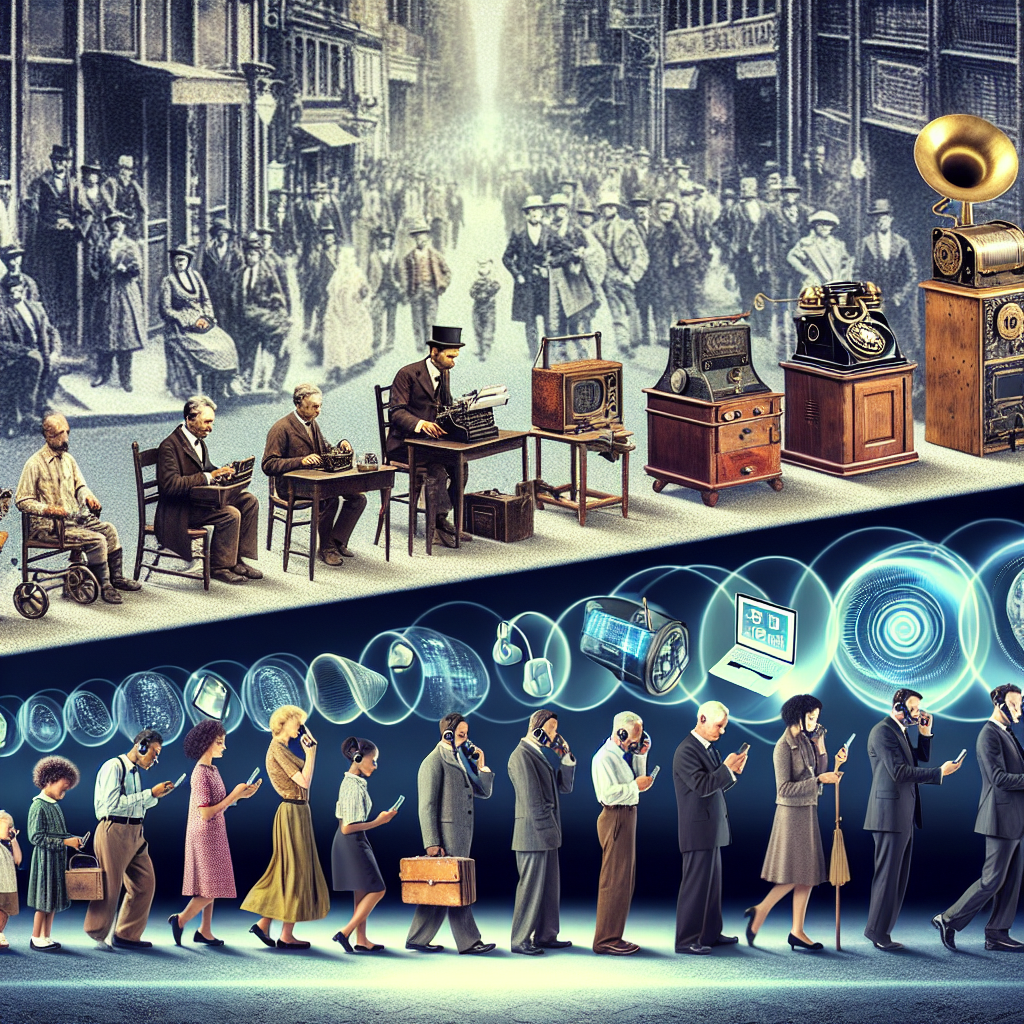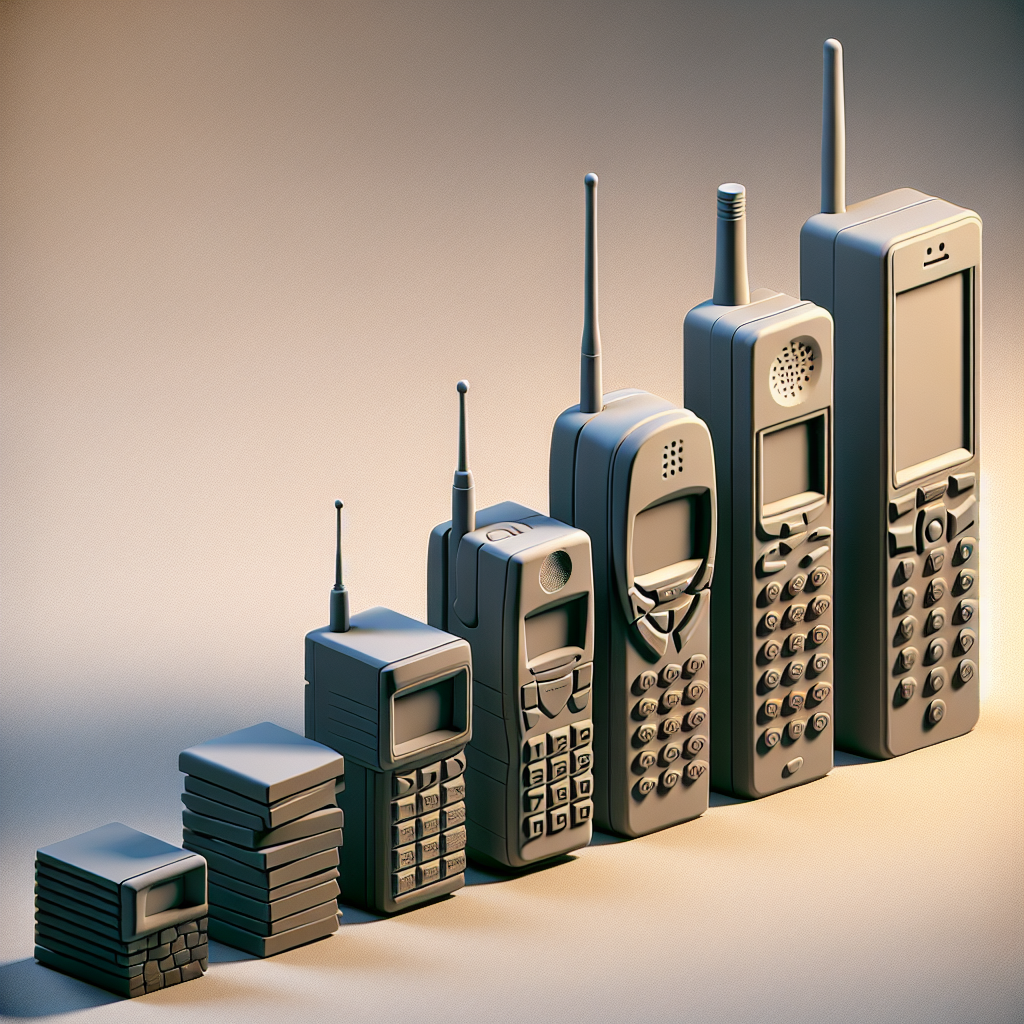The Early Life and Education of Grace Hopper
Grace Hopper’s story begins with a natural curiosity about how things work, a trait that would later define her groundbreaking contributions to computer science. Born in 1906, she showed an early aptitude for mathematics and science, excelling in her studies. She earned a bachelor’s degree in mathematics and physics from Vassar College in 1928 and later obtained a master’s and PhD from Yale University.
Her strong educational background laid the foundation for her future innovations. At a time when few women entered STEM fields, Grace Hopper was already setting herself apart by pursuing advanced degrees and embracing challenges beyond traditional roles.
Formative Years and Influence
Her childhood interest in mechanical puzzles and problem-solving often translated into academic excellence. During college, she was inspired by teachers who encouraged analytical thinking. This formative environment helped her develop the perseverance and creativity she would later apply to computer programming.
Breaking Barriers in the World of Computing
Grace Hopper was not just a pioneering computer scientist; she was a trailblazer who shattered gender norms in technology during the mid-20th century. When World War II erupted, she joined the U.S. Navy Reserve and was assigned to work on the Harvard Mark I computer. This role was one of the earliest involving programming large-scale machines, and her work was critical to the development of computational methods used in military and scientific applications.
Fundamental Contributions to Programming
– Developed one of the first compilers, which translates written instructions into computer-readable code.
– Played a key role in the creation of COBOL, one of the first high-level programming languages designed to be machine-independent and easy to use.
– Coined the term “debugging” after finding a literal moth causing a malfunction in a computer.
Grace Hopper’s approach made programming more accessible, leading to greater adoption of computers in business and government. Her insistence on simplicity and clarity shaped the way code was written, helping bridge the gap between human language and machine processes.
Grace Hopper’s Legacy in Modern Technology
The impact of Grace Hopper extends far beyond her lifetime. Many modern programming practices and languages owe their origins to her visionary work. COBOL, despite being over six decades old, remains in use in financial institutions and government systems worldwide.
Influence on Software Development Standards
Grace Hopper emphasized standardization and portability, concepts that remain central in software engineering today. Her advocacy for intuitive programming languages helped demystify computing and opened the profession to a broader audience.
Her legacy includes:
– The annual Grace Hopper Celebration, the world’s largest gathering of women technologists.
– Numerous awards and honors recognizing her contributions, including the National Medal of Technology.
– Ongoing efforts to inspire young women to pursue careers in STEM fields.
Lessons from Grace Hopper’s Career for Today’s Innovators
Grace Hopper’s journey offers valuable insights for anyone looking to push boundaries in technology or any field:
1. Be fearless in exploring uncharted territory, even when others doubt your potential.
2. Prioritize clear communication—breaking down complex ideas makes innovation accessible.
3. Embrace interdisciplinary learning; Hopper combined mathematics, engineering, and military service to create lasting solutions.
Her career teaches that breakthroughs often come from combining deep expertise with a willingness to challenge the status quo.
Inspiration for Women in Tech
Despite her many achievements, Grace Hopper faced significant skepticism as a woman in a predominantly male industry. Her persistence and excellence not only progressed technology but also paved the way for gender inclusivity in tech. Today’s female programmers, engineers, and leaders often cite her as a role model who proved that ability knows no gender.
The Human Side of Grace Hopper
Beyond her technical genius, Grace Hopper was known for her wit and engaging personality. She famously used vivid analogies and humor to explain complex concepts, making her a captivating educator and speaker.
Her memorable quote, “The most damaging phrase in the language is: ‘It’s always been done that way,’” continues to inspire innovation. Hopper’s ability to blend discipline with creativity exemplified how human qualities are essential to technological advancement.
A Life Dedicated to Learning and Teaching
Even after retiring from active duty, Grace Hopper remained committed to mentoring young professionals. She viewed technology as an evolving field where continuous education was indispensable.
Her dedication reminds us that progress is a lifelong journey, and sharing knowledge is key to sustaining change.
Recognizing Grace Hopper’s Enduring Influence
Grace Hopper’s name is now synonymous with innovation and perseverance in the tech world. Museums, scholarships, and computing facilities bear her name, celebrating her status as a pioneer.
Visiting [The Computer History Museum](https://computerhistory.org/) offers a deeper look into her work and the broader history of computing, highlighting her role among other technological luminaries.
As technology continues to shape our world, remembering figures like Grace Hopper encourages us to honor both the human and scientific elements of advancement.
Technology thrives not only on invention but on the bold ideas and determination of individuals willing to break codes and boundaries.
Embrace Grace Hopper’s spirit by pushing your own limits and championing diversity in technology.
For more insights on tech history and how to get involved in today’s innovations, visit khmuhtadin.com. Take the first step toward making your own mark in the digital age.





